What is the tolerance range of precision screws?
What is the tolerance range of precision screws?
Service Hotline
+86760-8787 8587We have more than ten years of production experience in the screw industry. The main products are: spherical flat head screws, solid core rivets, stainless steel screws, hexagon sockets, bearing spring washers, non-metallic lock nuts, 10-grade black high-strength hexagon nuts , nylon flat washers, water pump nuts, dome head round cup screws, 9-shaped anchor screws, GB97 flat washers, lifting ring expansion bolts, decorative washers, iron hair screws and other fasteners, due to different product materials and specifications, the price It is also different, please contact us if necessary.


Nuts on the market still have certain defects. The bolts rely on multiple nuts against each other to prevent loosening. This method cannot be completely locked. The bolts are easily loosened when subjected to huge pressure and vibration, which hides potential safety hazards and has a protective effect. Bad problem, for this, we propose a nut with self-locking function
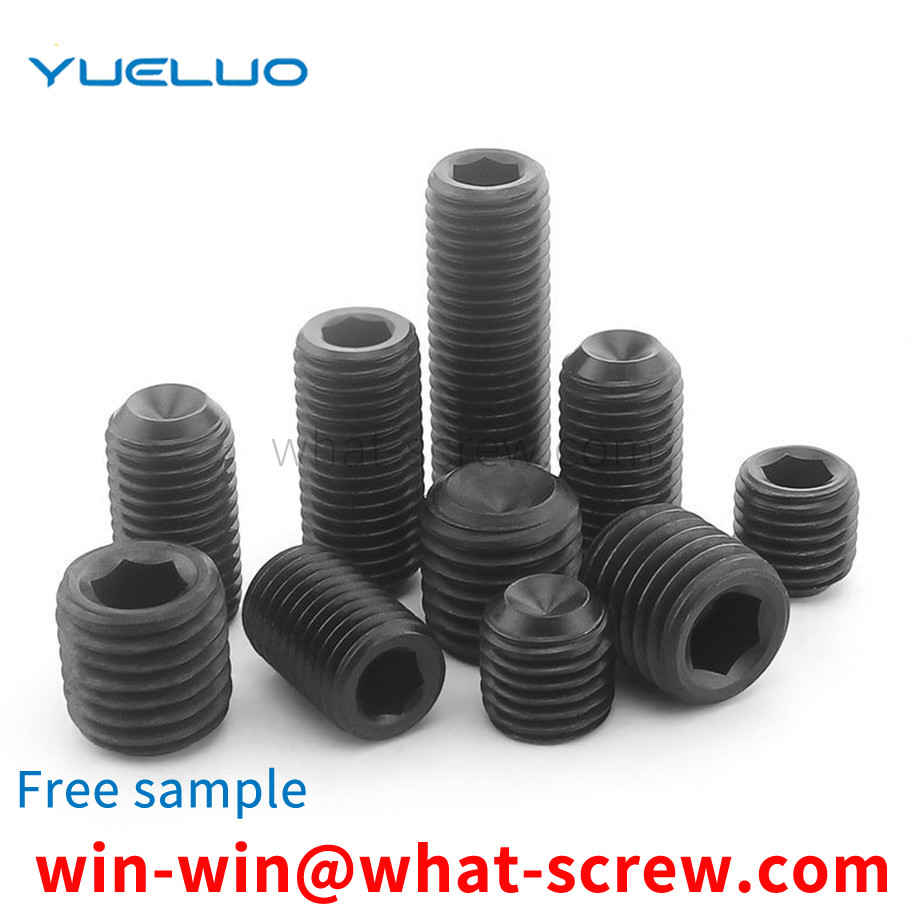
When using screws, if you can understand the mechanical properties of screws first, then you can use screws better. Different types of screws have different mechanical properties, and the different mechanical properties lead to different occasions when screws are used. 1. Self-tapping screws: mechanical performance requirements 1. Heart hardness: standard value HRC28-38. When testing, take the section 1-2 times the diameter of the name from the tail. If the length of the name is too short, it can be embedded first, and then the hardness is measured. 2. Surface hardness: standard MIN HV450. 3. Carburized layer: standard 4#-6#: 0.05-0.18mm, 8#-12#: 0.10-0.23 mm, 14#: 0.13-0.28 mm. The main purpose of carburizing is to enhance the surface hardness and ensure the strength of the teeth. If the decarburization is too deep and the carburization is insufficient, the strength of the teeth will not meet the requirements, that is, the teeth will be damaged during the screw-in test. 4. Torque: standard specification 4#5#6#7#8#10#12#14#A tooth 14212835455696145AB tooth 142128354565102165. 5. Screw-in test: screw the self-tapping screw into a steel plate with a reserved test hole. The self-tapping screw should form a matching thread in the test plate, and the thread of the screw itself will not be deformed or damaged until the end. Tapered threads pass completely through the test plate. The screw-in test is only applicable to AB, B, BP and other types of self-tapping screws. It is stipulated in IFI that the test plate shall be prepared from semi-hard low-carbon cold-rolled steel, and the hardness of the steel plate is 70–85HRB in Rockwell. The standard specification of the steel plate, that is, the thickness, is shown in the table below. The test hole should be punched or drilled, and the tolerance is the specified nominal diameter (see the table below) ± 0.025mm. Specifications 6#7#8#10#12#1/4 Test plate thickness (mm) 1.85-1.953.12-3.234.68-4.84 Aperture (mm) ±0.0252.953.263.454.044.765.50.
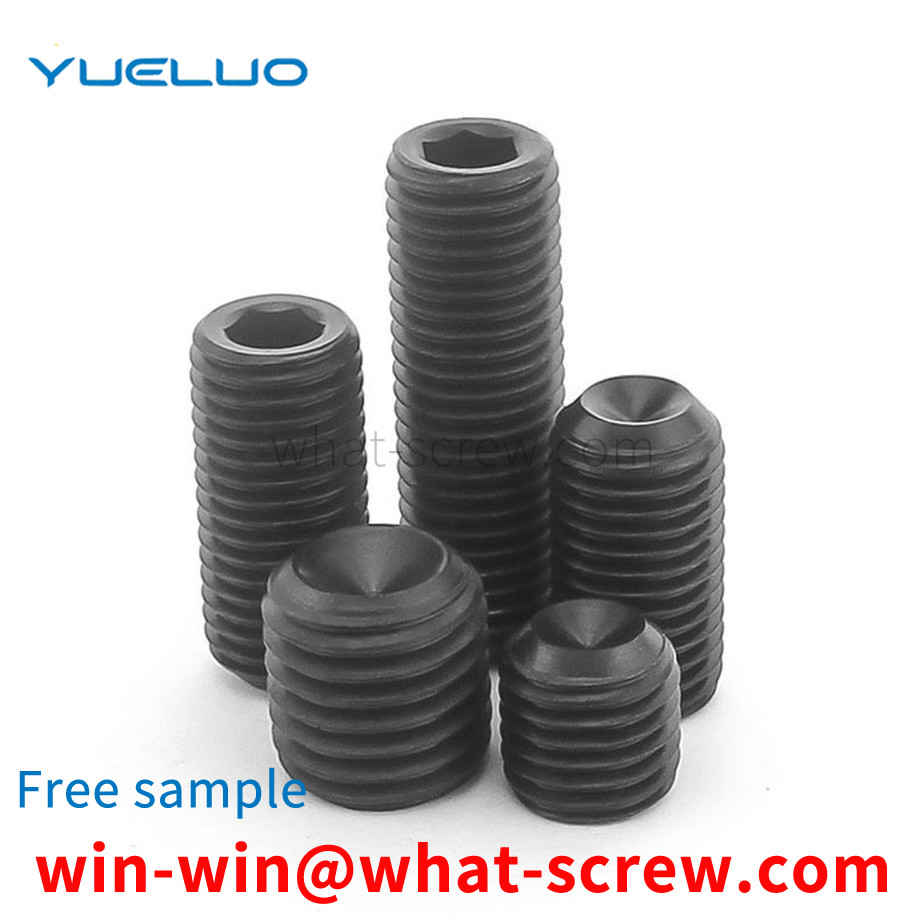
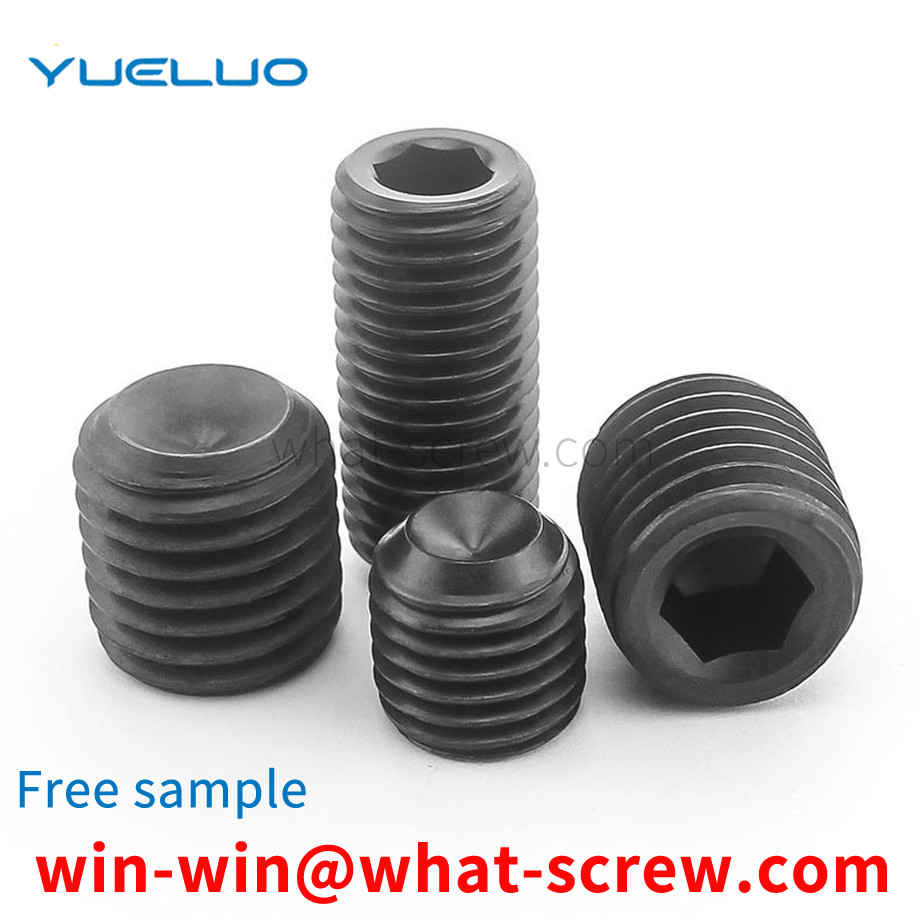
Further, the pressure riveting portion and the pressure-bearing portion are both columnar structures, the outer diameter of the pressure-bearing portion is larger than the outer diameter of the pressure riveting portion, the pressure riveting portion is a stepped structure, and the diameter of the lower end of the pressure riveting portion is smaller than that of the pressure riveting portion. The diameter of the upper end of the rivet part.
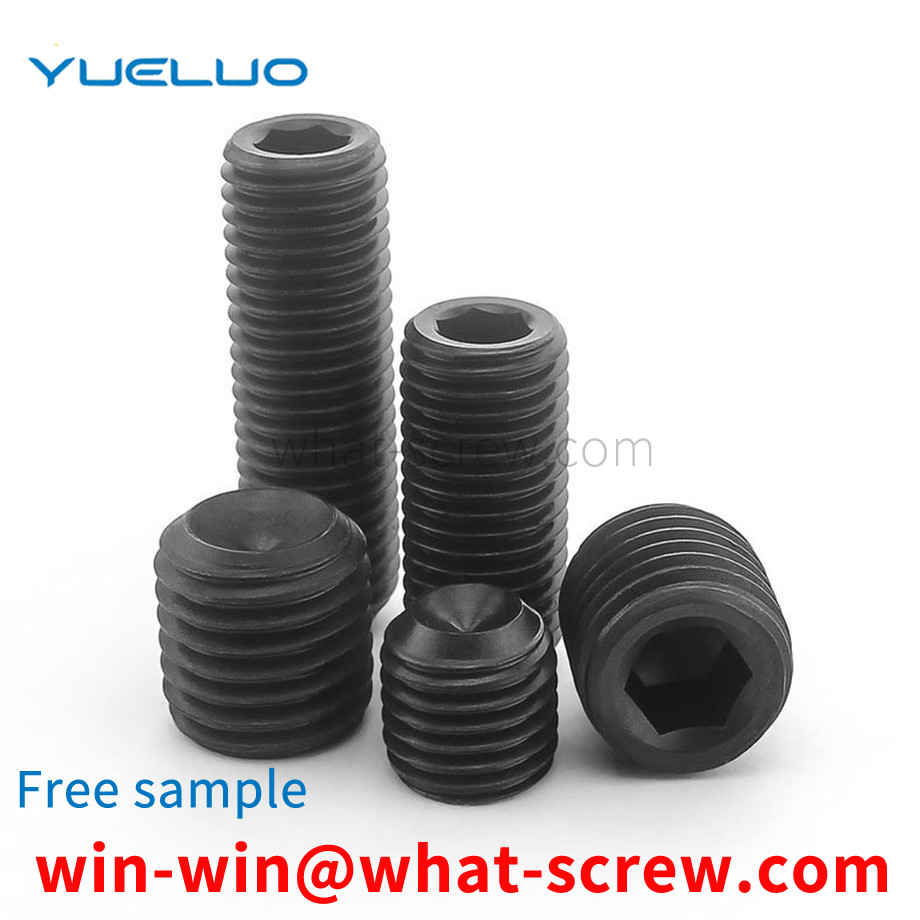
rivet is a metal rod-shaped part with a cap at one end. During riveting, the rivet uses its own deformation or interference to connect the riveted parts. Commonly used rivets are semi-circular head, flat head, semi-hollow rivets, solid rivets, countersunk head rivets, blind rivets, hollow rivets, etc. At present, rivets are widely used in various backplane products and other stamping products. Since rivets are responsible for the functions of locking, positioning and bearing lateral force in the product, the degree of riveting and vertical have higher requirements. However, in actual production, there are often problems such as the failure of the rivet torsion to meet the requirements, the rivet being skewed by the rivet, the surface of the rivet being cut, the rivet placement being inaccurate and requiring manual repositioning, etc. Very high and very inefficient.
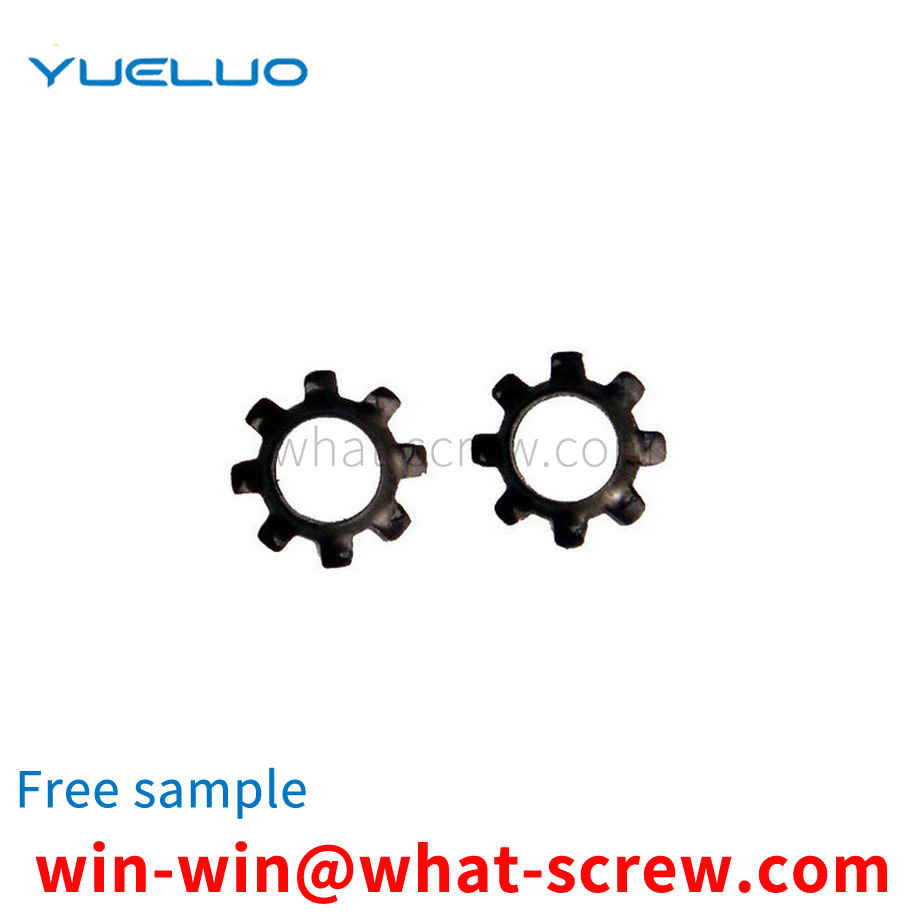
The above content is uploaded by Yueluo or the Internet. If there is any copyright issue, please contact [email protected].

What is the tolerance range of precision screws?

How to choose the right stainless steel screw manufacturer?

Why is there an R angle under the head of the hexagon head s...
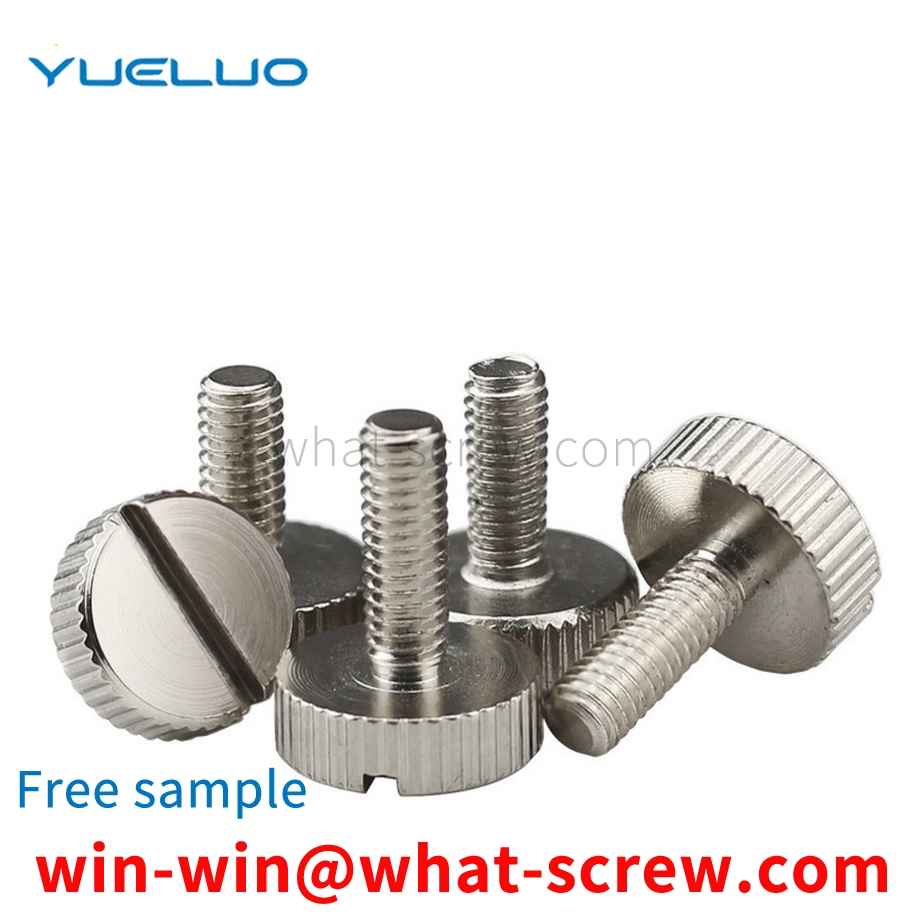
We have more than ten years of production experience in the ...

We have more than ten years of production experience in the ...
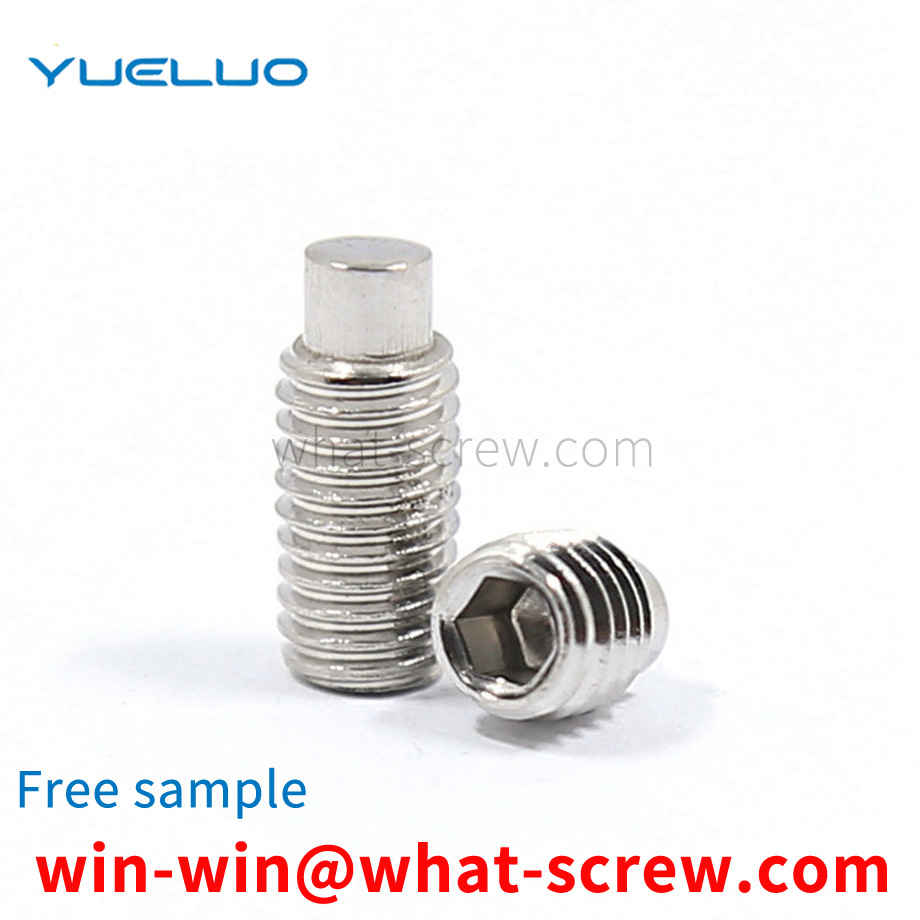
We have more than ten years of production experience in the ...
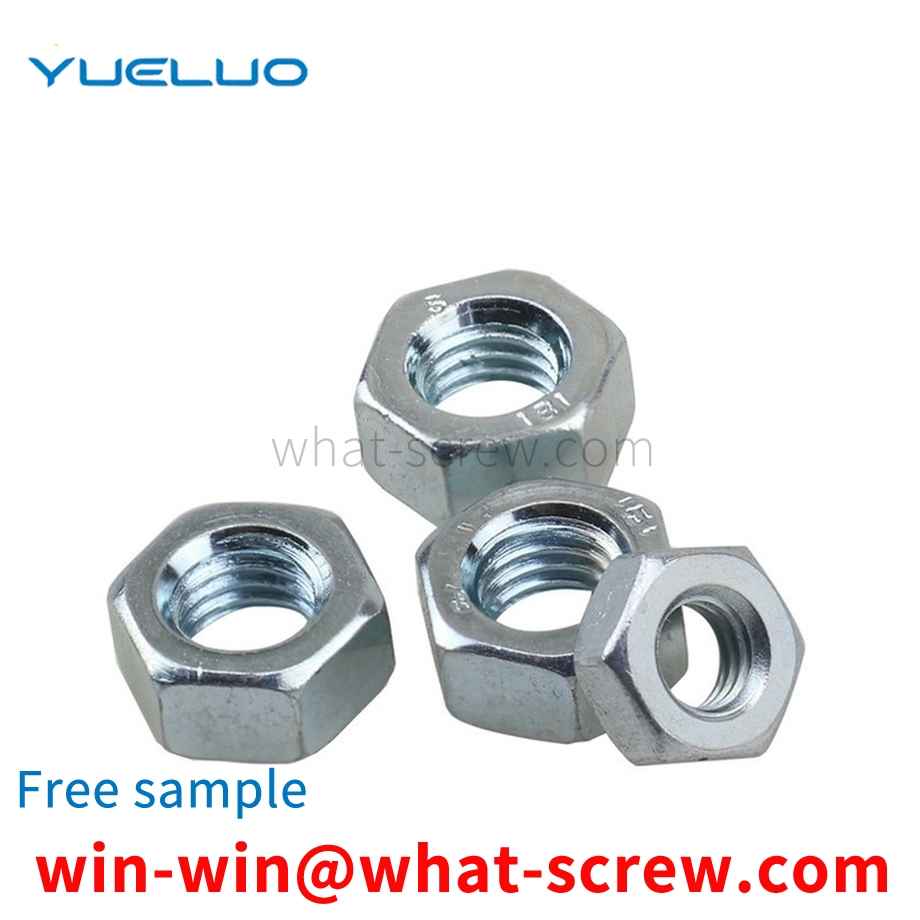
We have more than ten years of production experience in the ...